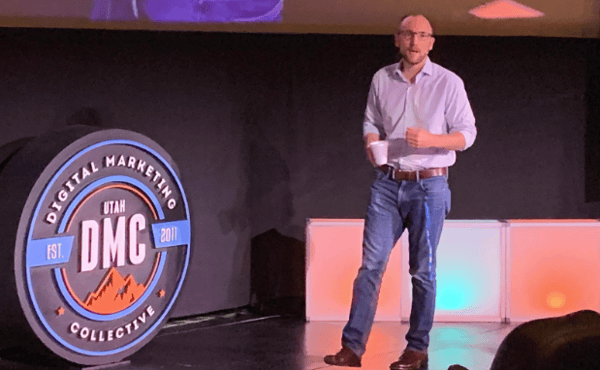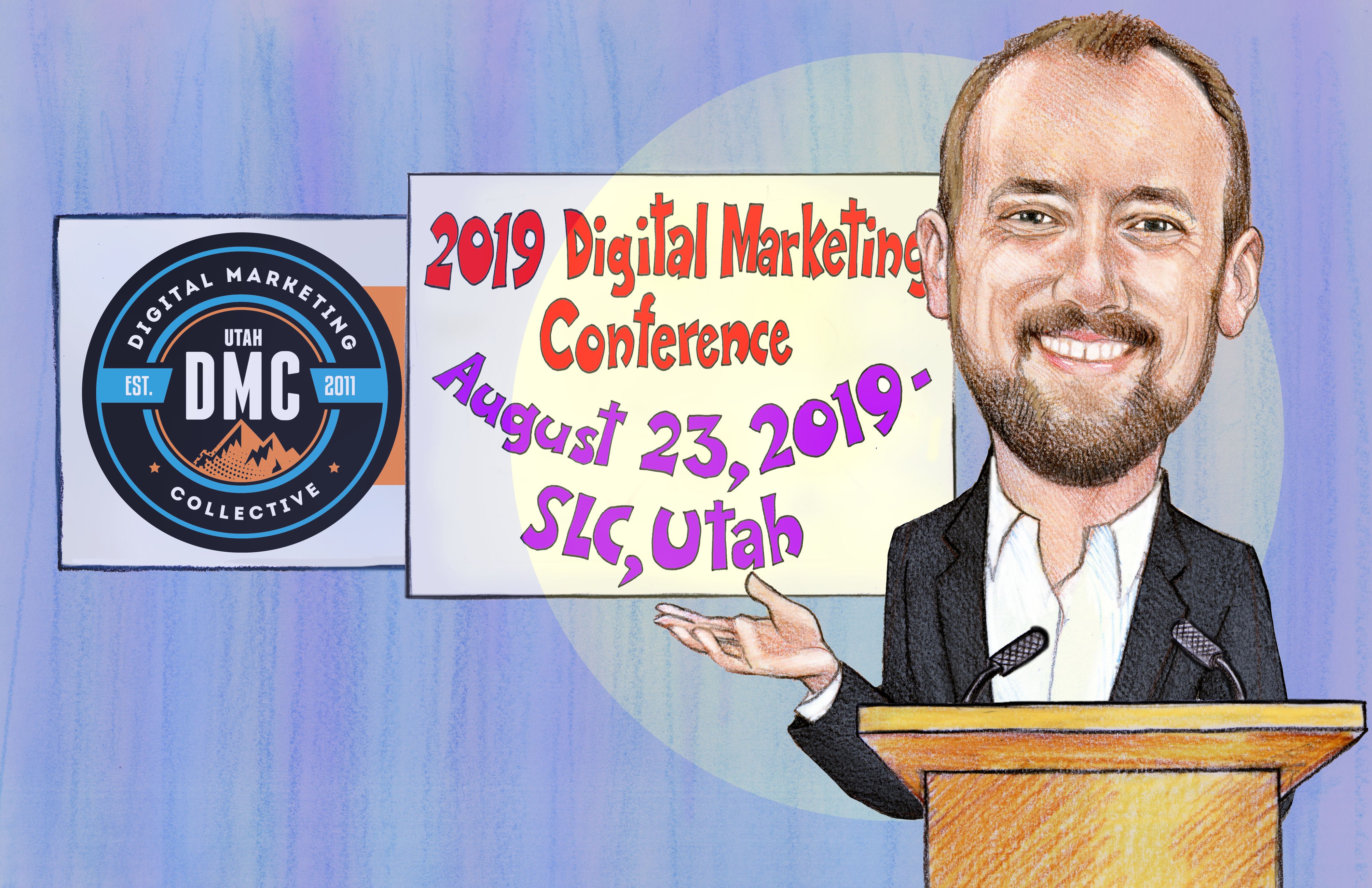The Evolution of Location Tracking and How it Works with Drew Breunig [DMC Recap]
 The Evolution of Location.
The Evolution of Location.
Drew Breunig is the executive vice president at PlaceIQ and has been there for over 7 years. PlaceIQ developed a technology that would accurately represent a consumer's journey in the physical world. With precision and accuracy, their engineers created a cutting edge platform that delivers a unique view of the consumer journey.
How to Track the Consumer's Journey.
At the DMC event Drew simply explained how it is possible to track a consumer's journey while respecting the user's privacy. Below are the steps for how this data is acquired and how it can be used as a marketing strategy.

An App is Downloaded and Opened
To track location there first needs to be an app installed where tracking is enabled. These apps will always ask for permission to track location and will normally be one of the first things that pop up.
Permission is Granted
The app will give 3 options for location tracking.
[ Always Allow, Only While Using the app, or Never Allow. ]

The user will decide how much data they want to share with the app. If permission isn't given when first opening the app it will ask again for approval.
Operating Systems Sends Data to App
Once permission is granted the operating system will send the location data to the app.
What Is the Operating System?
A mobile "OS" or operating system is a set of data and programs that runs on a mobile device. It manages the hardware and makes it possible for a smartphone to run apps. They also manage cellular and wireless network connectivity, as well as phone access.
How the Operating System Gathers Location
The operating system works by using 4 Antennas to know where it's at.
- Cellular
- Wifi
- Bluetooth
- GPS
 Each of these antennas has its pros and cons. For example, the cellular antenna is more reliable but isn't as precise as wifi, while the wifi antenna is more accurate but wifi may only be available for a short amount of the day.
Each of these antennas has its pros and cons. For example, the cellular antenna is more reliable but isn't as precise as wifi, while the wifi antenna is more accurate but wifi may only be available for a short amount of the day.
Why Doesn't the App Do the Tracking? Is the Operating System Necessary?
The operating system is necessary and acts as a middleman for the following reasons.
- Privacy - If each app had access to all of the location data, the data could be easier to manipulate.
- Performance - With each app constantly pulling data in the background it could lower the performance.
- Battery - If every app on a cell phone was requesting its location data it would drain the battery.
The Data from the Four Antennas Are Packaged into One. This Is Called the "Location Response"
The location response sends the following information to the servers.
- Latitude, Longitude, Altitude, Speed, Timestamp and course.
- It also sends horizontal accuracy and vertical accuracy to show how correct the data should be.
Observations, Visits, Dwells [ DATASETS ]
Everyone gets the same tracking data from the operating system. The software is what makes the difference in interpreting the data. Location intelligence software determines when visits occur, what is being visited, and more:
- Observations
- Coordinates and time, no knowledge of duration, activity, or geographic context, relatively commodified.
- Creates visits by grouping observations together.
- Visits
- Identifies a device stopping in time and space. Details duration, precision, distribution, and more made, not found.
- Dwells
- Identify important places like home or work through repeated visitations. Can be joined to household-based datasets for audience enrichment.

Why This Data Is Beneficial
Understanding if an audience passes by your location every day or only once can make or break a campaign. The information gathered from these datasets can be used to build an audience with the knowledge of the consumer's journey and create a successful campaign around it.

